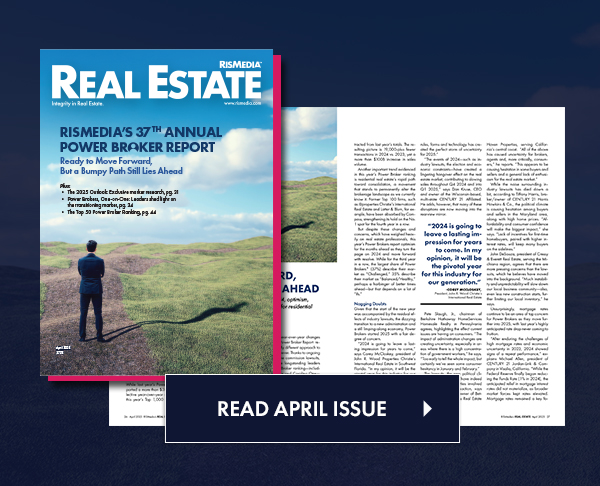 After nearly three years of deliberation, regulators have finalized the Qualified Residential Mortgage (QRM) rule and abandoned the onerous and costly down payment requirement while giving creators of mortgage-backed securities one less uncertainty on their road to recovery. The immediate impact may be small, but another piece in the path for long-term recovery has been laid.
After nearly three years of deliberation, regulators have finalized the Qualified Residential Mortgage (QRM) rule and abandoned the onerous and costly down payment requirement while giving creators of mortgage-backed securities one less uncertainty on their road to recovery. The immediate impact may be small, but another piece in the path for long-term recovery has been laid.
Private MBS and Home Sales
Why is it important to restore the private MBS market? A healthy private MBS market creates competition to government financing, expanding the total pool of funds for homebuyers, putting less taxpayer money at risk. A healthy private market can also foster innovation.
Defining Safety
The Dodd-Frank legislation specified two rules that would impact the real estate industry: the Qualified Mortgage rule (QM) and the QRM. The QM was finalized in January and is intended to protect consumers. It does so by canonizing traditional underwriting like requiring proof that a borrower has the Ability to Repay (ATR) a mortgage and banning certain risky products. The QRM rule, though, is intended to protect investors. It requires all issuers of MBS to hold 5 percent of what they make unless they meet a standard of quality and low risk. Combined, the two rules work to protect the sources of financing funds and the recipient of those funds: homebuyers.
The final rule made the standard of quality for exemption from risk retention the QM rule, making compliance less complicated and costly. Thus, if a loan meets the underwriting of the QM rule, then it meets the QRM rule and the MBS issuer does not have to hold a stake in it. If it doesn’t comply with the QM rule, the issuer must hold 5 percent of the MBS for five years or until a majority of the outstanding balance is paid off.
Impact on the Consumer and REALTORS®
What does the final rule mean for consumers and housing? There will be a small initial impact…and that’s a good thing. The FHA is exempted from risk retention as are the GSEs while in conservatorship, and combined, they account for nearly 85 percent of purchase mortgages. The GSEs and FHA mostly produce QM loans anyway, and the agencies use compensating factors to manage this risk.
When initially proposed, the QRM rule would have applied risk retention to any loan with less than a 20 percent down payment, as well as a front-end DTI greater than 28 percent and back-end DTI greater than 36 percent. Had these requirements not been scrapped, 45 to 60 percent of homebuyers could have been impacted. Risk retention is costly to the MBS issuer, a 75 basis point or more cost that would have been passed onto the consumer. That is the difference between a 4.25 percent rate and a 5 percent rate, or $90 per month on a $200,000 mortgage financed over 30 years. This cost would have disproportionately impacted first-time buyers as well as the trade-up buyers who rely on them.
In the future, mortgages with low documentation and risky products will be limited, less liquid and require higher costs. Non-QM lending was only 2.6 percent of originations in the second quarter of 2014, and any MBS issuer who wants to incorporate them into an MBS will have to hold 5 percent of the risk going forward.
The final QRM rule may have little impact on the market in the short term due to the current reliance on government product and tight underwriting. However, measured against the initial proposal, the impact could have been significant. Over time, this rule will prevent abuse while allowing a gradual recovery of private capital.
This column is brought to you by the NAR Real Estate Services group.
Ken Fears is the director of Regional Economics and Housing Finance for the National Association of REALTORS®.











